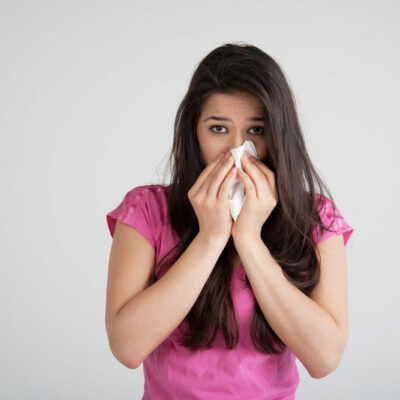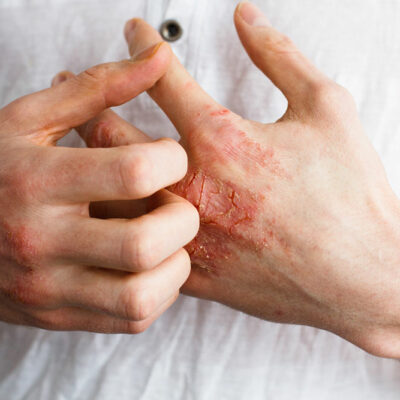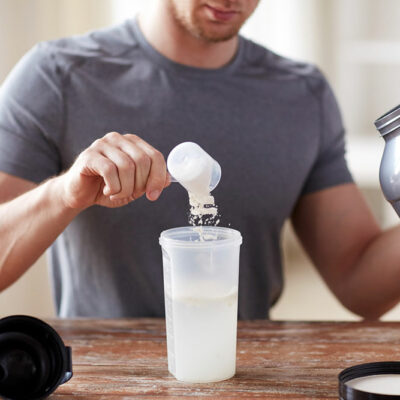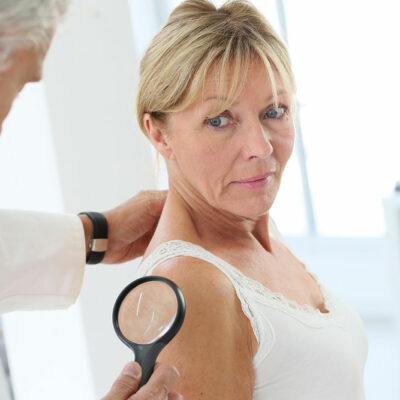
Diseases & Conditions
All You Need to Know about Type 1 Diabetes
Type 1 diabetes is a chronic condition in which the pancreas almost stop producing the insulin hormone that is needed to allow the glucose (sugar) to enter the cells and produce energy. This chronic condition is also known as insulin-dependent diabetes or juvenile diabetes. It usually occurs when the immune system destroys the beta cells in the pancreas. Different medical research reports have reflected that several factors, including some viruses and genetics, may lead to this chronic condition. According to these medical reports, usually, type 1 diabetes can appear during the adolescence or childhood, and it can develop slowly in adults as well. Till date, different medical studies on this chronic condition have not come up with a permanent cure or remedy. However, the treatment mainly focuses on keeping the blood sugar levels in control with insulin. Additionally, some lifestyle changes along with a healthy diet can help prevent complications caused by type 1 diabetes. Symptoms of type 1 diabetes Due to this chronic condition, glucose from food items is unable to enter the cells and produce energy. Instead, it starts to build up in the blood, resulting in high blood sugar. It also causes the cells to starve. To prevent the life-threatening health complications caused by type 1 diabetes, patients require proper treatment.




















